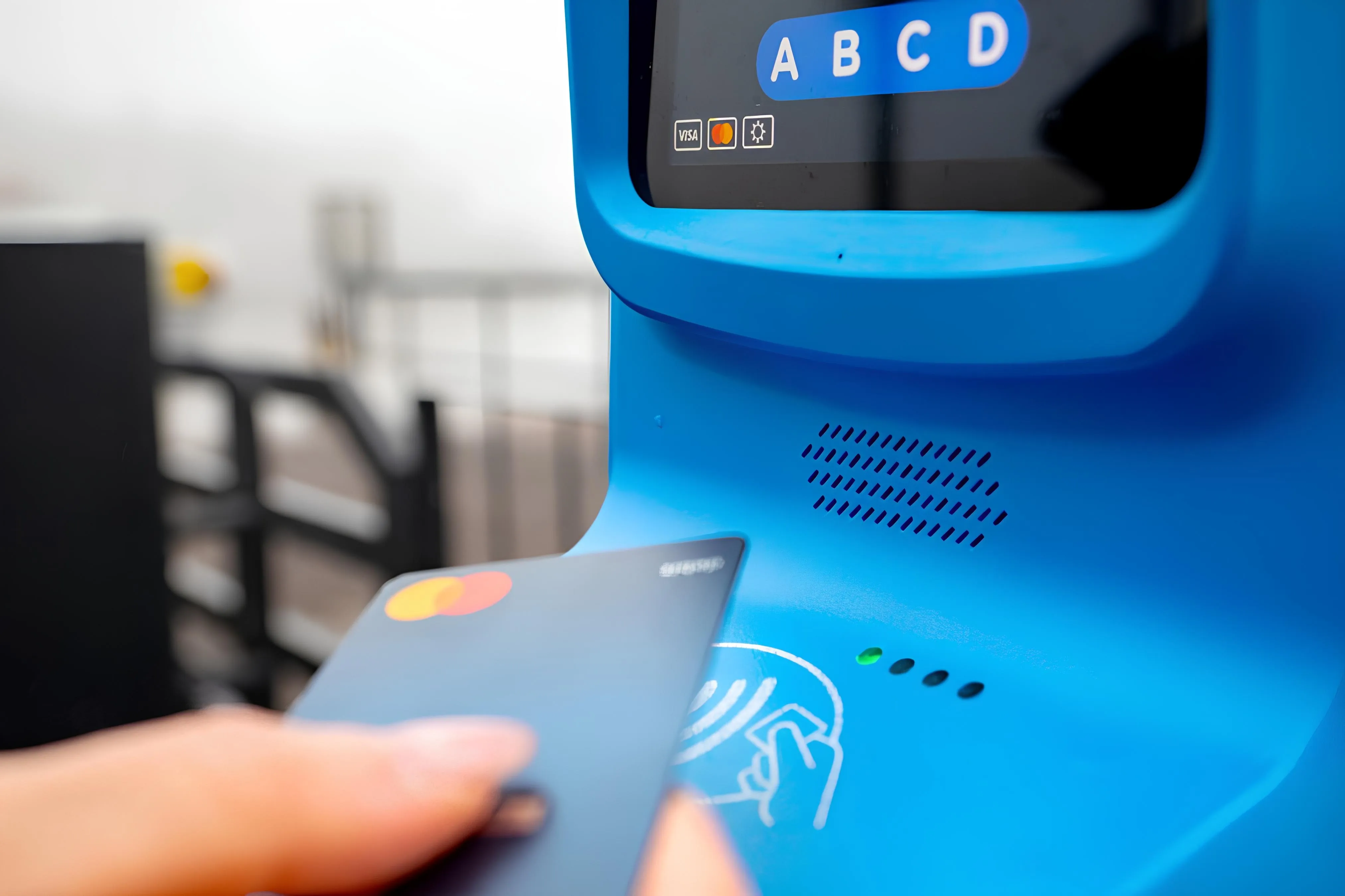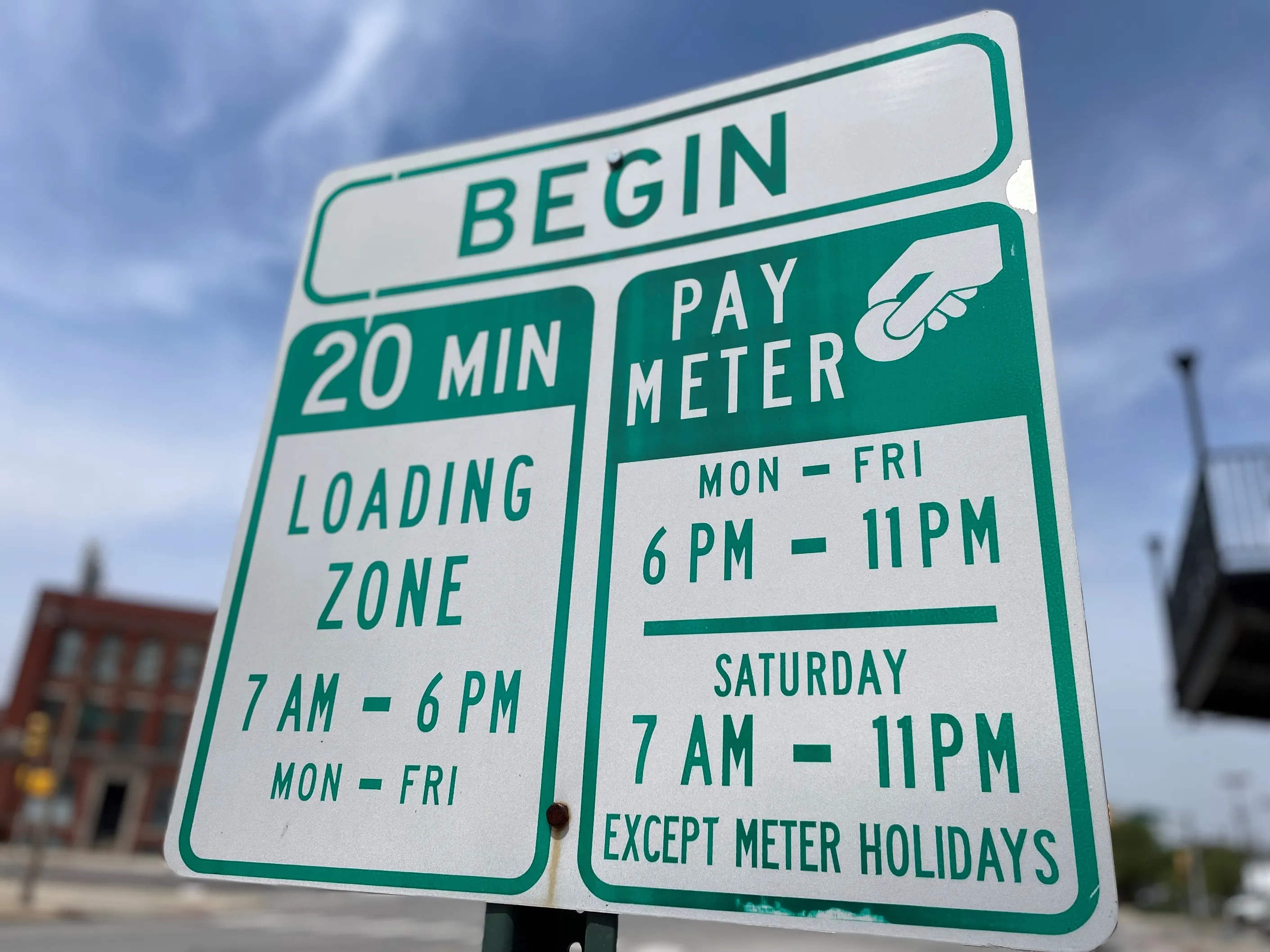By tapping a Near Field Communication (NFC)-enabled phone against the tags installed at 211 tram stops, passengers nine transit lines operated by Helsinki Region Transport (HRT) can now use their NFC-enabled mobile phones to not only pay for tickets, but also to upload and view comments on Helsinki Region Transport's online message wall. Helsinki Region Transport already enables commuters to purchase tickets using their mobile phones. Travellers can simply input an SMS code and send it as a text message in
December 7, 2012
Read time: 3 mins
By tapping a Near Field Communication (NFC)-enabled phone against the tags installed at 211 tram stops, passengers nine transit lines operated by 6995 Helsinki Region Transport (HRT) can now use their NFC-enabled mobile phones to not only pay for tickets, but also to upload and view comments on Helsinki Region Transport's online message wall.
Helsinki Region Transport already enables commuters to purchase tickets using their mobile phones. Travellers can simply input an SMS code and send it as a text message in order to request the ticket. The ticket is then sent to the user's phone, and that individual receives a charge on his or her wireless phone bill.
Although that system worked well, says Susanna Ollila, project planner at digital services provider Forum Virium Helsinki, establishing an NFC connection between the phone and HRT's ticketing office made the transaction simpler, without requiring users to press a series of numbers on a keypad. Instead, they simply tap the phone against the NFC tag, the tag ID is interrogated by the NFC reader built into the phone, and the phone sends a text message directly to the server specific to that tram line, along with the phone's own unique identifier. The transit company can then authorize the ticket, which is displayed on the phone's screen, and charge the phone number from which the message was sent. Because the tag is encoded with the text message contact related to the purchased ticket, the user need not press buttons on the phone.
For the past six months, HRT has been piloting a project called Pysäkkiseinä, which translates as Tram Stop Wall, utilising TagAge RFID technology provided by Hansaprint to determine whether NFC tags could make commuting by public transport more convenient and enjoyable by enabling ticket purchasing on site, as well as providing some entertainment in the form of a virtual wall on which passengers could post messages. It also provides a service for HRT, by allowing commuters to post information about the trams, including whether they are on time, and suggestions for how the schedule might be improved.
A second NFC tag installed at each tram shelter allows communication with other passengers, as well as with the transit company. While awaiting the next tram, a commuter can tap their phone against the second tag, which is encoded with the URL of the Pysäkkiseinä web site specific to that tram line. The phone's web browser then displays the web site, and the user is invited to begin inputting comments, as well as view others' messages.
The message wall has been used in a variety of ways, HRT reports. Passengers can post messages regarding the service, to advise that a tram running late, for example, or to report lost items. There is a social side to the service as well, Ollila says: “Those too shy to introduce themselves to someone whom they see on the tram can instead post a message on the wall, indicating a desire to meet.” The technology also takes the place of graffiti, allowing would-be writers or artists to express themselves on the virtual wall, rather than defacing transit property.
The six-month pilot ended at the beginning of December. However, the tags are still in use, and the agency is currently reviewing the results and considering whether to make the installation permanent, and whether to expand it to other tram stops if is found that the technology provided a benefit to both commuters and HRT.
Helsinki Region Transport already enables commuters to purchase tickets using their mobile phones. Travellers can simply input an SMS code and send it as a text message in order to request the ticket. The ticket is then sent to the user's phone, and that individual receives a charge on his or her wireless phone bill.
Although that system worked well, says Susanna Ollila, project planner at digital services provider Forum Virium Helsinki, establishing an NFC connection between the phone and HRT's ticketing office made the transaction simpler, without requiring users to press a series of numbers on a keypad. Instead, they simply tap the phone against the NFC tag, the tag ID is interrogated by the NFC reader built into the phone, and the phone sends a text message directly to the server specific to that tram line, along with the phone's own unique identifier. The transit company can then authorize the ticket, which is displayed on the phone's screen, and charge the phone number from which the message was sent. Because the tag is encoded with the text message contact related to the purchased ticket, the user need not press buttons on the phone.
For the past six months, HRT has been piloting a project called Pysäkkiseinä, which translates as Tram Stop Wall, utilising TagAge RFID technology provided by Hansaprint to determine whether NFC tags could make commuting by public transport more convenient and enjoyable by enabling ticket purchasing on site, as well as providing some entertainment in the form of a virtual wall on which passengers could post messages. It also provides a service for HRT, by allowing commuters to post information about the trams, including whether they are on time, and suggestions for how the schedule might be improved.
A second NFC tag installed at each tram shelter allows communication with other passengers, as well as with the transit company. While awaiting the next tram, a commuter can tap their phone against the second tag, which is encoded with the URL of the Pysäkkiseinä web site specific to that tram line. The phone's web browser then displays the web site, and the user is invited to begin inputting comments, as well as view others' messages.
The message wall has been used in a variety of ways, HRT reports. Passengers can post messages regarding the service, to advise that a tram running late, for example, or to report lost items. There is a social side to the service as well, Ollila says: “Those too shy to introduce themselves to someone whom they see on the tram can instead post a message on the wall, indicating a desire to meet.” The technology also takes the place of graffiti, allowing would-be writers or artists to express themselves on the virtual wall, rather than defacing transit property.
The six-month pilot ended at the beginning of December. However, the tags are still in use, and the agency is currently reviewing the results and considering whether to make the installation permanent, and whether to expand it to other tram stops if is found that the technology provided a benefit to both commuters and HRT.









